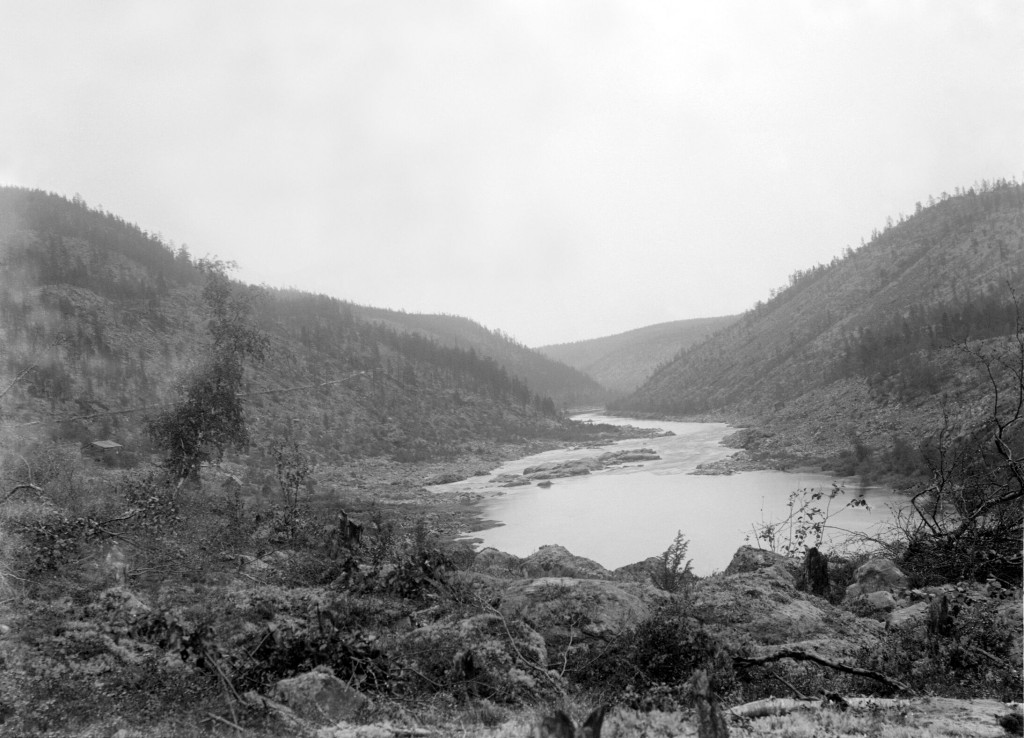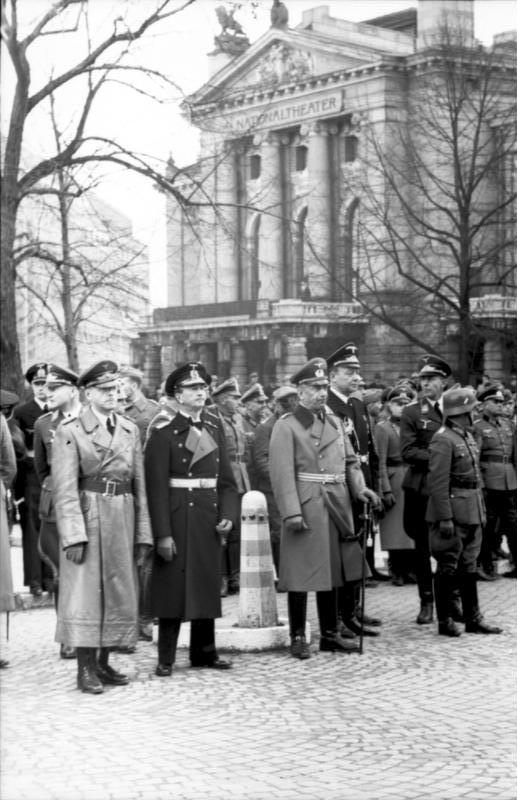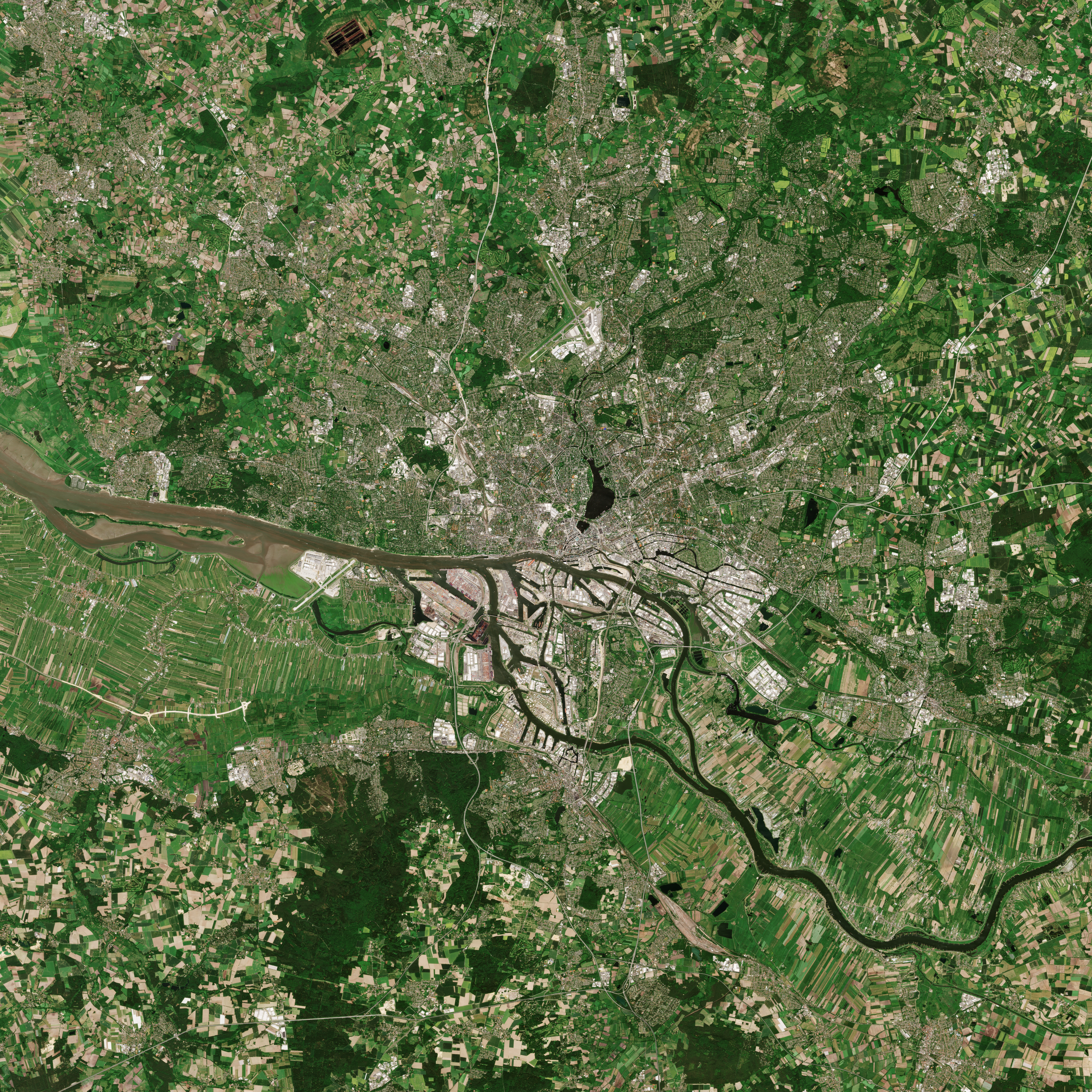|
Lapland Gold Rush
The Lapland gold rush, also known as the Ivalo Gold Rush, was a gold rush that occurred in the 1870s in Lapland, Grand Duchy of Finland, then part of Imperial Russia. The Lapland gold rush started in the valley of the Ivalojoki River in 1870 and lasted for a few years. Although the scale of the Lapland gold rush is not comparable to the major 19th century gold rushes, the Lapland gold rush has great local significance in Lapland and across Finland.A SHORT GOLD HISTORY OF FINLAND Gold Prospector Museum. Retrieved 29 September 2015. Background  The first references of gold in the Finnish Lapland date back to the ...
The first references of gold in the Finnish Lapland date back to the ...
[...More Info...] [...Related Items...] OR: [Wikipedia] [Google] [Baidu] |
Ivalo
Ivalo ( smn, Avveel, se, Avvil, sms, Âʹvvel) is a village in the municipality of Inari, Lapland, Finland, located on the Ivalo River south of Lake Inari in the Arctic Circle. It has a population of 3,998 and a small airport. south of Ivalo is a very popular resort named Saariselkä. Many tourists visit this place every year for winter sports (downhill and cross-country skiing, snowboarding, husky and reindeer sledge riding) and for summer activities (trekking and hiking in the Saariselkä fjells, canoeing in Lapland's rivers, mountain biking, panning for gold, fishing, etc.). Ivalo was severely damaged during the Lapland War (1944–1945) by retreating German troops led by Generaloberst Lothar Rendulic. The village was subsequently extensively rebuilt. The "midnight sun" is above the horizon from 24 May to 22 July (70 days), and the period with continuous daylight lasts a bit longer. The polar night is from 28 November to 9 January (43 days). History The village ... [...More Info...] [...Related Items...] OR: [Wikipedia] [Google] [Baidu] |
Inari, Finland
Inari (; smn, Aanaar; sms, Aanar; sme, Anár ; Norwegian and Swedish: ''Enare'') is Finland's largest municipality by area (but one of the most sparsely populated), with four official languages, more than any other in the country. Its major sources of income are tourism, service industry and cold climate testing. With the Siida museum in the village of Inari, it is a center of Sami culture, widely known as the "capital of Sámi culture". The airport in Ivalo and the country's key north-south European Route E75 ( Finland's National Road 4) bring summer and winter vacationers seeking resorts with access to a well-preserved, uncrowded natural environment. History The municipality was established in 1876. It was claimed from about 1942 to 1945 by the Quisling regime during the Nazi occupation of Norway. Geography Inari is the largest municipality by area in Finland. Located in Lapland, it covers an area of , of which is water. With an area of , Lake Inari is the third l ... [...More Info...] [...Related Items...] OR: [Wikipedia] [Google] [Baidu] |
German Occupation Of Norway
The occupation of Norway by Nazi Germany during the Second World War began on 9 April 1940 after Operation Weserübung. Conventional armed resistance to the German invasion ended on 10 June 1940, and Nazi Germany controlled Norway until the capitulation of German forces in Europe on 8 May 1945. Throughout this period, a pro-German government named Den nasjonale regjering (English: the National Government) ruled Norway, while the Norwegian king Haakon VII and the prewar government escaped to London, where they formed a government in exile. Civil rule was effectively assumed by the '' Reichskommissariat Norwegen'' (Reich Commissariat of Norway), which acted in collaboration with the pro-German puppet government. This period of military occupation is, in Norway, referred to as the "war years", "occupation period" or simply "the war". Background Having maintained its neutrality during the First World War (1914–1918), Norwegian foreign and military policy since 1933 was large ... [...More Info...] [...Related Items...] OR: [Wikipedia] [Google] [Baidu] |
World War II
World War II or the Second World War, often abbreviated as WWII or WW2, was a world war that lasted from 1939 to 1945. It involved the World War II by country, vast majority of the world's countries—including all of the great powers—forming two opposing military alliances: the Allies of World War II, Allies and the Axis powers. World War II was a total war that directly involved more than 100 million Military personnel, personnel from more than 30 countries. The major participants in the war threw their entire economic, industrial, and scientific capabilities behind the war effort, blurring the distinction between civilian and military resources. Air warfare of World War II, Aircraft played a major role in the conflict, enabling the strategic bombing of population centres and deploying the Atomic bombings of Hiroshima and Nagasaki, only two nuclear weapons ever used in war. World War II was by far the List of wars by death toll, deadliest conflict in hu ... [...More Info...] [...Related Items...] OR: [Wikipedia] [Google] [Baidu] |
Hamburg
Hamburg (, ; nds, label=Hamburg German, Low Saxon, Hamborg ), officially the Free and Hanseatic City of Hamburg (german: Freie und Hansestadt Hamburg; nds, label=Low Saxon, Friee un Hansestadt Hamborg),. is the List of cities in Germany by population, second-largest city in Germany after Berlin, as well as the overall List of cities in the European Union by population within city limits, 7th largest city and largest non-capital city in the European Union with a population of over 1.85 million. Hamburg's urban area has a population of around 2.5 million and is part of the Hamburg Metropolitan Region, which has a population of over 5.1 million people in total. The city lies on the River Elbe and two of its tributaries, the River Alster and the Bille (Elbe), River Bille. One of Germany's 16 States of Germany, federated states, Hamburg is surrounded by Schleswig-Holstein to the north and Lower Saxony to the south. The official name reflects History of Hamburg, Hamburg's history ... [...More Info...] [...Related Items...] OR: [Wikipedia] [Google] [Baidu] |
Boliden AB
Boliden AB is a Swedish multinational metals, mining, and smelting company headquartered in Stockholm. The company produces zinc, copper, lead, nickel, silver, and gold, with operations in Sweden, Finland, Norway, and Ireland. Boliden is linked to major environmental disaster in Spain and is also accused of threatening human rights defenders following thdisposal of toxic wastein Chile. In 2003, in a major deal, Boliden acquired Outokumpu's mining and smelting assets within zinc and copper. The company name comes from the Boliden mine, some 30 km northwest of the Swedish town of Skellefteå, where gold was found in 1924. It was once Europe's largest and richest gold mine, but has since 1967 been defunct. In 2020, Boliden Mineral AB became the first company in Sweden to issue a Strategic Lawsuit Against Public Participation.https://www.boliden.com/globalassets/sustainability/our-responsibilities/in-focus/questions-from-un.pdf https://www.ohchr.org/Documents/Issues/FAssoci ... [...More Info...] [...Related Items...] OR: [Wikipedia] [Google] [Baidu] |
Sodankylä
Sodankylä (; sme, Soađegilli ; smn, Suáđigil; sms, Suäʹđjel) is a municipalities of Finland, municipality of Finland. It is located in the Regions of Finland, region of Lapland (Finland), Lapland, and lies at the northern end of Finnish national road 5, Highway 5 (European route E63, E63) and along Finnish national road 4, Highway 4 (European route E75, E75). The Kitinen River flows near the center of Sodankylä. Its neighbouring municipalities are Inari, Finland, Inari, Kemijärvi, Kittilä, Pelkosenniemi, Rovaniemi, and Savukoski. The municipality has two official languages: Finnish language, Finnish and Northern Sami. The municipality has a population of , () which makes it the fourth largest municipality in Lapland after Rovaniemi, Tornio and Kemi, and at the same time the largest municipality in population that does not use the title of city or town. It covers an area of of which is water, making it the second largest municipality in Finland in terms of area, right ... [...More Info...] [...Related Items...] OR: [Wikipedia] [Google] [Baidu] |
Tankavaara
Tankavaara is a village and a tourist attraction in the municipality of Sodankylä in Lapland, Finland. It is located by the E75 highway 90 kilometres north of Sodankylä and 30 kilometers south of the Saariselkä ski resort. Tankavaara is famous of its gold prospecting that started in the 1930s. Since the 1970s, the village has been a tourist attraction including hotel, restaurant "Old Gold Prospector" and the Gold Prospector Museum. History The Tankavaara gold was found in 1934 by the Sami people of the nearby Purnumukka village. The discovery attracted several gold prospectors Finland as well as some foreign mining companies. Since 1950 the Tankavaara area was used for research work by the Geological Survey of Finland and the tourism finally started in 1970. The Battle of Tankavaara was fought during the Lapland War in 26–31 October 1944 between the retreating German troops and the Finnish Army. [...More Info...] [...Related Items...] OR: [Wikipedia] [Google] [Baidu] |
Sami People
Acronyms * SAMI, ''Synchronized Accessible Media Interchange'', a closed-captioning format developed by Microsoft * Saudi Arabian Military Industries, a government-owned defence company * South African Malaria Initiative, a virtual expertise network of malaria researchers People * Samee, also spelled Sami, a male given name * Sami (name), including lists of people with the given name or surname * Sámi people, indigenous people of the Scandinavian Peninsula, the Kola Peninsula, Karelia and Finland ** Sámi cuisine ** Sámi languages, of the Sami people ** Sámi shamanism, a faith of the Sami people Places * Sápmi, a cultural region in Northern Europe * Sami (ancient city), in Elis, Greece * Sami Bay, east of Sami, Cephalonia * Sami District, Gambia * Sami, Burkina Faso, a district of the Banwa Province * Sami, Cephalonia, a municipality in Greece * Sami, Gujarat, a town in Patan district of Gujarat, India * Sami, Paletwa, a town in Chin State, Myanmar * Sämi, a village in Lä ... [...More Info...] [...Related Items...] OR: [Wikipedia] [Google] [Baidu] |
Aurora
An aurora (plural: auroras or aurorae), also commonly known as the polar lights, is a natural light display in Earth's sky, predominantly seen in high-latitude regions (around the Arctic and Antarctic). Auroras display dynamic patterns of brilliant lights that appear as curtains, rays, spirals, or dynamic flickers covering the entire sky. Auroras are the result of disturbances in the magnetosphere caused by the solar wind. Major disturbances result from enhancements in the speed of the solar wind from coronal holes and coronal mass ejections. These disturbances alter the trajectories of charged particles in the magnetospheric plasma. These particles, mainly electrons and protons, precipitate into the upper atmosphere (thermosphere/ exosphere). The resulting ionization and excitation of atmospheric constituents emit light of varying colour and complexity. The form of the aurora, occurring within bands around both polar regions, is also dependent on the amount of accelerati ... [...More Info...] [...Related Items...] OR: [Wikipedia] [Google] [Baidu] |
Selim Lemström
Karl Selim Lemström (17 November 1838 in Ingå – 2 October 1904 in Helsinki), was a Finnish geophysicist. In 1870 Lemström studied the metric system in Paris and introduced the system to Finland. Since 1872 he was a professor in the University of Helsinki. Lemström has been described as the "forgotten pioneer of northern light studies," and some of his experiments have been compared with the ones made by Nikola Tesla. Aurora research In 1868 Lemström participated the Swedish expedition to Spitsbergen on the Svalbard Islands, led by Adolf Erik Nordenskiöld. On the way to the Arctic, Lemström studied aurora borealis in Tromsø and continued his observations in Svalbard. In Lapland Lemström took part at the first International Polar Year 1882–1884 and found out that the phenomenon could not be caused by an electric current in the atmosphere. These spectroscopic analyses are considered as his greatest contribution to the aurora research. Some of Lemström's theories we ... [...More Info...] [...Related Items...] OR: [Wikipedia] [Google] [Baidu] |




